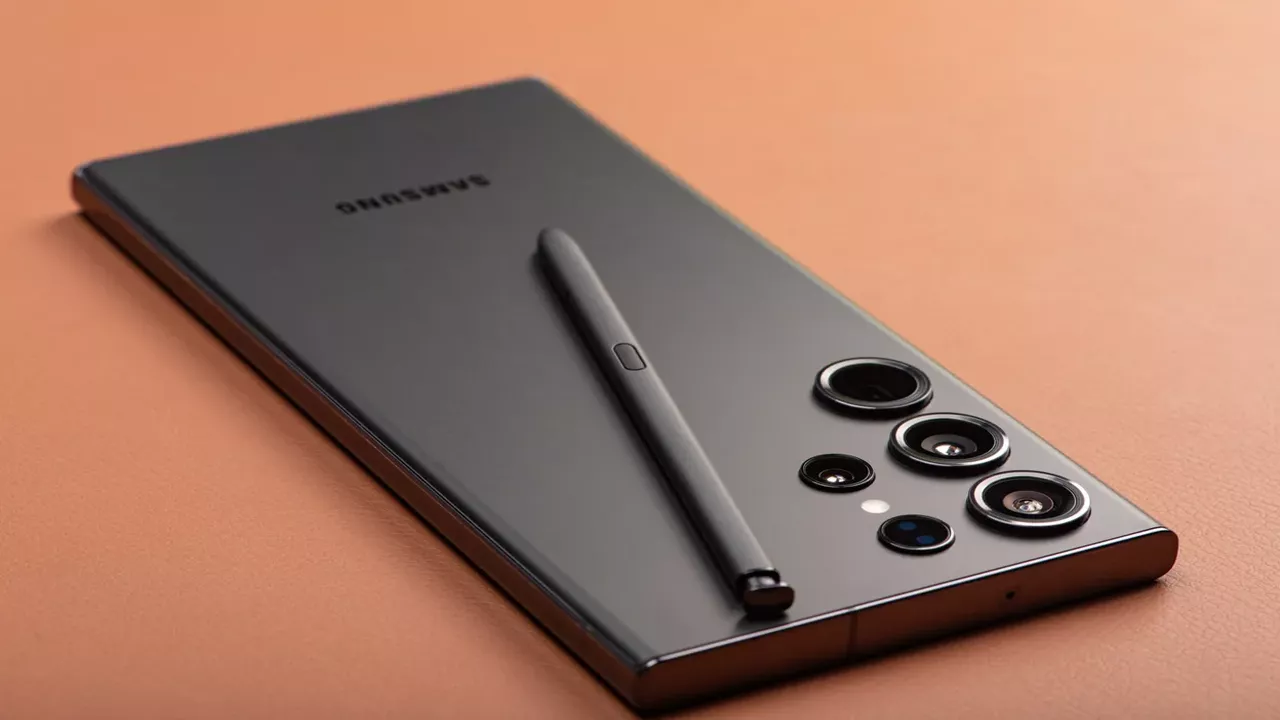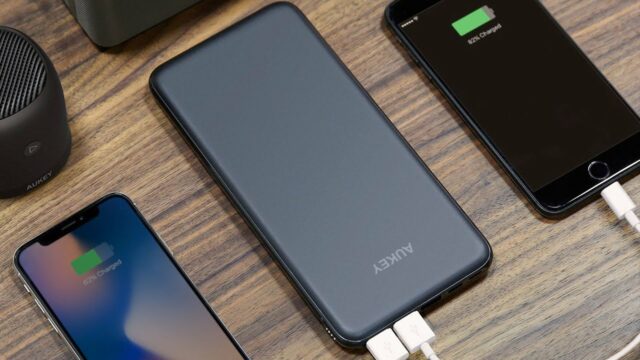Samsung’s latest flagship model, the Galaxy S25 Ultra, draws attention with its advanced hardware and software features. However, when used with default settings right out of the box, it may not be possible to experience the full potential of the device. Thanks to some setting changes, the user experience can be made much more personalized and efficient.
Settings to be made after purchasing the Galaxy S25 Ultra
The Galaxy S25 Ultra’s Quick Settings Panel is divided into two separate sections by default: the Notification Panel and the Quick Settings Bar. While this structure offers an iOS-like use, it can be confusing for some users.

Samsung allows this panel to be combined again. Users can open the Control Panel by swiping down from the top left corner of the screen, tap the pencil icon to access the Panel settings, and return the old view by selecting the Together option instead of Separate.
Changes to the screen settings also make a significant difference. The device comes in “Natural” color mode out of the box, but users who want more vibrant and saturated colors can switch to “Vivid” mode and increase the Vividness setting to the highest level.
In addition, although the screen resolution is set to FHD+ (2340×1080) by default, there is a QHD+ (3120×1440) option for those who want a clearer image. In addition, “Mistouch Protection” can be activated to prevent the screen from responding to accidental touches and “Touch Sensitivity” to increase touch sensitivity when the screen protector is used.
The “Now Brief” feature that comes with the Galaxy AI shows the user’s daily schedule, notifications and important information on the lock screen. However, for some users, it can cause confusion due to the unnecessary information.
Users can prevent unnecessary notifications by entering the Galaxy AI tab from the Settings menu and editing the “Now Brief” option and selecting only the content they want. Similarly, the “Now Bar” feature that comes with One UI 7 provides direct access to functions such as music controls, timers and map navigation from the lock screen. This feature can be activated via Settings > Lock Screen and AOD > Now Bar.
The positioning of lock screen notifications can also be changed. With One UI 7, notifications are displayed as small icons in the upper left corner by default. However, users who prefer the old card view can bring back the classic view by selecting the “Cards” option via Settings > Notifications > Lock Screen Notifications.
Samsung has also brought back the long-awaited vertical scrolling app drawer with One UI 7. This feature, which is off by default, can be set to “Alphabetical” by clicking the “Sort” option from the three-dot menu in the lower right corner of the app drawer.
The battery protection modes offered to preserve battery life are also noteworthy. The “Adaptive” charging mode protects battery health by learning the device’s charging habits. For example, it ensures that the battery is kept at 80% while charging overnight and reaches full charge close to morning.
For users who want more control, a “Maximum” charging mode is offered. With this feature, the charging limit can be set to 80%, 85%, 90% or 95%. The relevant modes can be selected from the Settings > Battery > Battery Protection tab.
The Galaxy S25 Ultra can be shaped according to the needs of users with the extensive customization options it offers. Additional tools such as Samsung’s Good Lock app can also be used to make the device more efficient.
So what do you think about this? You can share your opinions with us in the comments section below.














